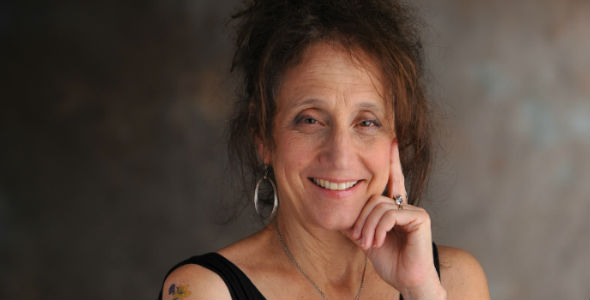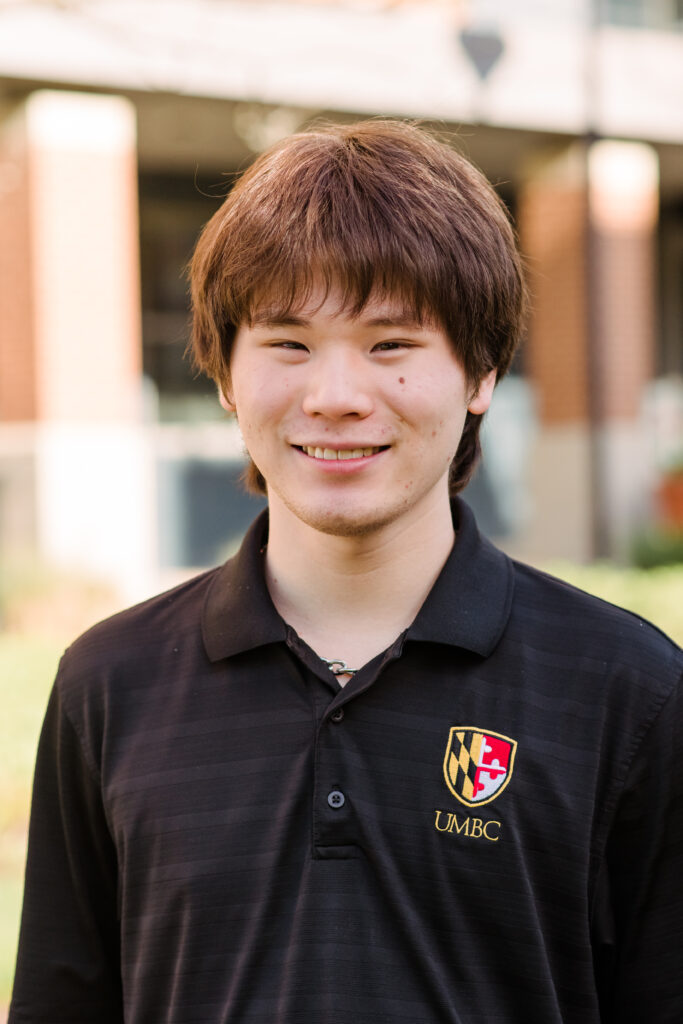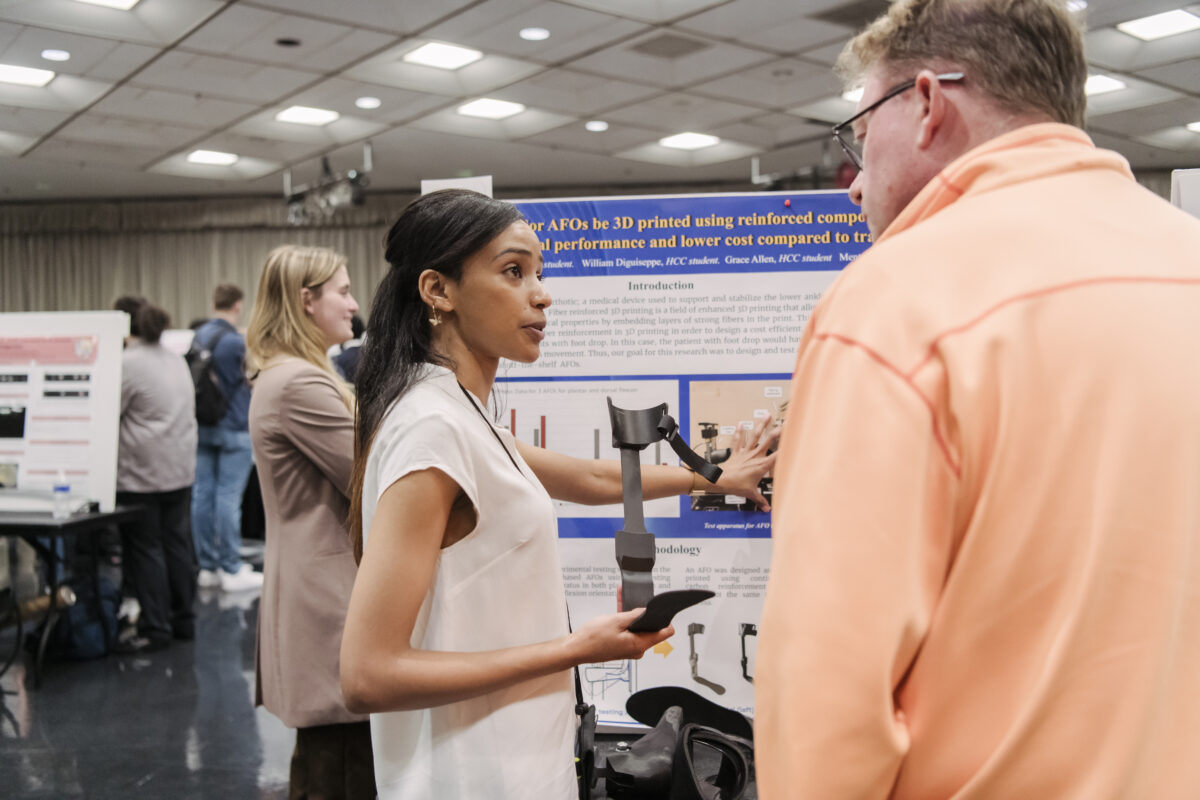 The Surdna Foundation, which is dedicated to fostering sustainable communities in the United States, has awarded $95,882 to the Imaging Research Center, in partnership with the College of Arts, Humanities and Social Sciences, to establish a Spring 2015 residency by renowned choreographer Liz Lerman.
The Surdna Foundation, which is dedicated to fostering sustainable communities in the United States, has awarded $95,882 to the Imaging Research Center, in partnership with the College of Arts, Humanities and Social Sciences, to establish a Spring 2015 residency by renowned choreographer Liz Lerman.
The purpose of this residency is to develop an approach to building and sustaining an online interface for Liz Lerman’s “toolbox” of artistic practices in community-engaged projects, and to do so in a way that incorporates the needs and perspectives of a diverse community of users. Lerman will join researchers at the IRC at UMBC as a Research Professor, and from that “home base” will directly engage with the university and regional communities, and with the broader world via an interactive website. Her work at the IRC will begin with the specific focus of disseminating her lauded developmental work on important behavioral and creativity tools that are valuable not only to artists, but also across diverse communities where creativity in a social context is a key demand. IRC researchers will work with her and diverse groups to create online digital media to make accessible the processes Lerman conceived and developed during her career as a socially-engaged dancer and choreographer. The work will engage broad audiences and this particular project will leverage current research and resources that UMBC, CAHSS, and IRC are investing in the communities of Baltimore. The development of a user-focused website of Lerman’s work is a challenge that matches both the IRC’s mission and expertise in visual communication, collaboration, learning and online dissemination of important information to the general public. Of equal importance will be Lerman’s engagement as a visiting artist/scholar with UMBC’s faculty, staff, students and regional communities.
“I am convinced that creative research laboratories bring significant information to various fields. They provide new platforms for building relationships between artists and universities, and between organizations and their neighborhoods, and they provide convening spaces for the explosion of trans-domain activities that are naturally occurring in response to the complex questions of our time,” noted Lerman.
Liz Lerman is a choreographer, performer, writer, educator and speaker, and the recipient of numerous honors, including a 2002 MacArthur “Genius Grant” Fellowship, a 2011 United States Artists Ford Fellowship in Dance, and the 2014 Dance/USA Honor Award. A key aspect of her artistry is opening her process to various publics from shipbuilders to physicists, construction workers to ballerinas, resulting in both research and outcomes that are participatory, relevant, urgent, and usable by others. She founded Liz Lerman Dance Exchange in 1976 and cultivated the company’s unique multi-generational ensemble into a leading force in contemporary dance until 2011. She was an artist-in-residence and visiting lecturer at Harvard University in 2011, the same year that she instigated the National Civil War Project. Her investigation of the impact of war on medicine, Healing Wars, premiered at Arena Stage in 2014. Other projects include the genre-twisting work Blood Muscle Bone with Jawole Willa Jo Zollar and Urban Bush Women; teaching her Critical Response Process around the world from the UK (Puppet Animation, Sadler’s Wells Theatre, the Guildhall School of Music and Drama, the London Sinfonietta. The Federation of Scottish Theatres) to Australia; and an online project called “The Treadmill Tapes: Ideas on the Move.” In 2013 she curated Wesleyan University’s symposium “Innovations: Intersection of Art and Science,” bringing together teams of artists and scientists from North America to present their methods and findings. Her collection of essays, Hiking the Horizontal: Field Notes from a Choreographer, was published in 2011 by Wesleyan University Press and was released in paperback in 2014.
Read more about the grant here on the IRC’s website.
Tags: CAHSS, IRC, VisualArts



